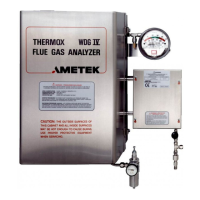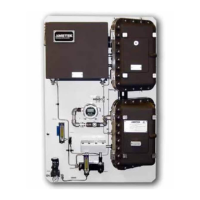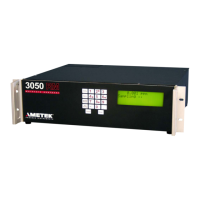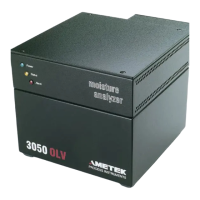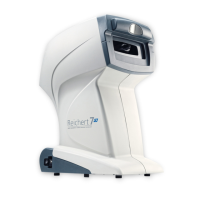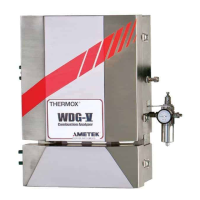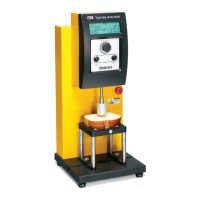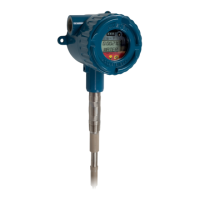PN 903-8797, Rev A
6. After ensuring that all connections are made and secure, perform a leak
check on all of the Filterblock’s tubing connections and a high pressure
ow rate test on the Filterblock Assembly to ensure there are no leaks. See
“Sample System Leak Check” in Chapter 2.
If a gas leak is detected, repair and retest the ttings until all leaks have
been eliminated.
7. Close all doors and covers (if they were opened) and secure them with
their screws. Tighten the screws to appropriate specications.
The torque needed to fasten M10 screws on the Electronics Enclosure
is 9.0 Nm, ±0.7 Nm (80 in.-lb, ±9 in.-lb).
8. Turn on the AC power to the analyzer. After retrieving the conguration
data from the EEPROM, the analyzer will immediately begin operation. The
Run Time is reset to zero.
9. Reset the Mirror Low setpoint temperature (MTLo) and the purging time
(Purge) to their normal (original) operating values.
The results obtained by the rst few measuring cycles are usually
slightly too low (invalid) due to contamination. This can be caused by
the residual water remaining from the cleaning (after maintenance)
and/or exposure of the sample system to the atmosphere – i.e., diluted
with residual air after installation or maintenance.
Depending on the degree of contamination and the purging duration,
the number of measuring cycles required to obtain valid results can
vary. Typically, ve measuring cycles will be sucient to remove the
water or air contaminants after the sample system has been exposed
to water or the atmosphere.
Maintenance and Troubleshooting | 4-13
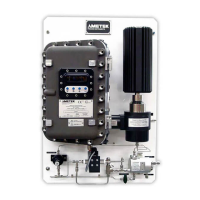
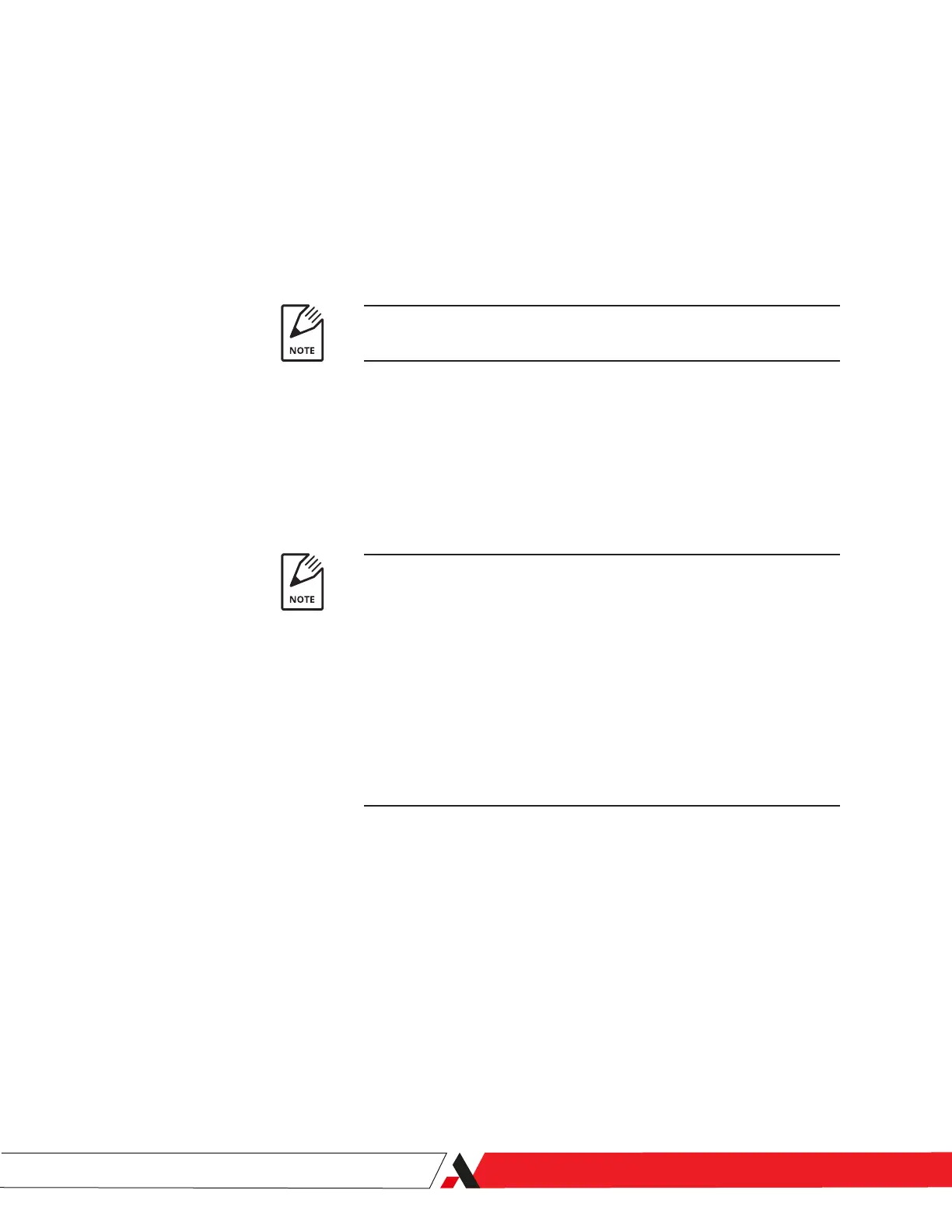